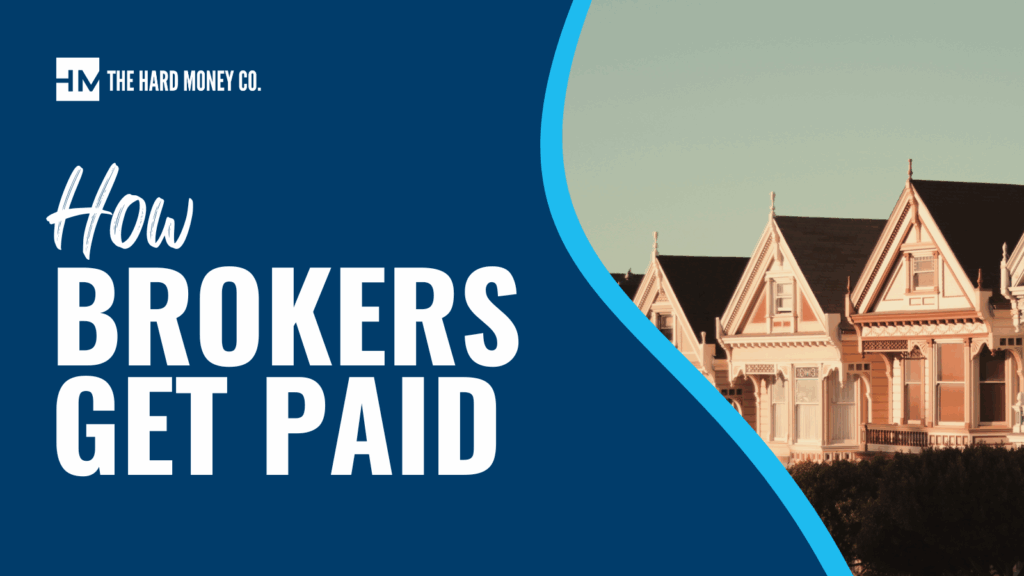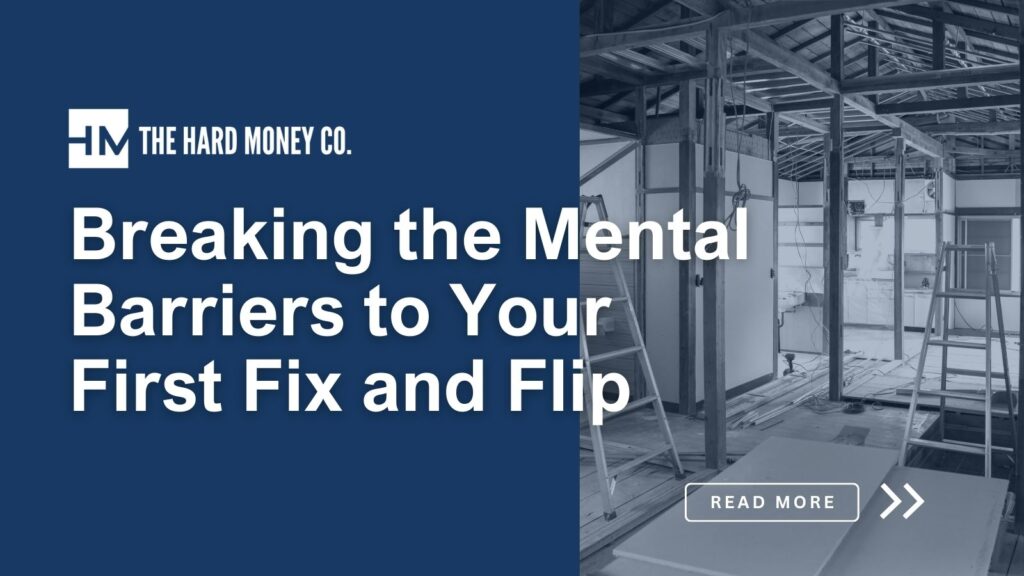The Hard Money Dictionary
If you’re just getting into real estate investing, the flood of online content can feel overwhelming. The industry is full of jargon, and much of what gets tossed around only makes sense within residential investment circles. Learning the ropes takes time, but you’re already on the right track by reading and watching as much as you can. This Hard Money Dictionary is here to give you a head start. With quick, straightforward definitions, it’s designed to help you get familiar with the core terms and ideas that’ll keep showing up as you dive deeper into real estate and start building lasting wealth.
Hard Money Loan
A hard money loan is a short-term, real estate-backed loan used by investors to purchase and renovate properties, typically when speed or flexibility is more important than traditional financing. These loans are asset-based, meaning the deal matters more than the borrower’s credit score. Hard money is the foundation of most fix-and-flip and BRRRR strategies.
Core Investment Strategies
Most real estate investors land on one of two strategies when they’re getting started. Spend enough time looking around and you’re sure to find different names and variations, but almost all of them distill down to either Fix and Flip or the BRRRR method. These are the most common entry points into real estate investing and a natural fit with hard money financing.
BRRRR
BRRRR stands for Buy, Rehab, Rent, Refinance, Repeat — a strategy where investors use hard money to renovate and rent a property, then refinance into long-term debt to pull out capital for the next deal.
Fix and Flip
Fix and flip is a short-term investment strategy where an investor buys a distressed property, renovates it to increase value, and quickly sells it for profit — typically using hard money for fast acquisition and repair funding.
Valuation & Underwriting Terms
This is still meant to be light reading, so we’ll skip the heavier jargon. That said, it’s important to understand the phrases you’ll hear when discussing a deal with a lender. These are the terms we use every day when evaluating properties and making lending decisions.
After Repair Value (ARV)
ARV is the estimated market value of a property after all planned renovations are completed — a critical number in hard money lending, but one that traditional banks won’t even consider.
Loan-to-Value (LTV) & Loan-to-Cost (LTC)
LTV measures the loan against the ARV, while LTC compares it to your total project costs — hard money lenders use both to evaluate risk and determine how much they’ll fund.
Rehab Budget
The rehab budget is your line-by-line estimate of renovation costs, fully defined in your scope of work and essential to finalize before the project begins.
Scope of Work (SOW)
The scope of work is a detailed breakdown of every repair and improvement planned — the more specific, the better your lender can structure the draw schedule and assess the deal.
Loan & Deal Structure
When you look at your term sheet, your eyes are probably going to jump straight to the bottom — how much we’ll fund and how much cash you need to bring to the table. But if you slow down and read the full thing, you’ll find a few other very important phrases along the way. We’ll cover those here.
Points (Origination Points)
Points are the fees paid to the lender at closing for issuing the loan. They’re a key part of the deal structure in hard money lending and reflect the cost of speed, flexibility, and access to capital that traditional lenders can’t offer.
Draw Schedule
The draw schedule is how rehab funds are released during the project. The Hard Money Co. funds repairs on your schedule, as work is completed, as many times as you want.
Exit Strategy
Your exit strategy is how you plan to repay the hard money loan — either by selling the property for profit (fix and flip), or refinancing into a long-term loan (BRRRR). Knowing your exit before you start helps align your budget, timeline, and lender relationships.
Cash-Out Refinance
A cash-out refinance lets you replace your short-term loan with a longer-term mortgage and pull out equity in the process — the “repeat” step in BRRRR. It pays to build strong relationships with long-term lenders early, so you know your refinance options before the project begins.
Debt Service Coverage Ratio (DSCR)
DSCR measures how much cash flow a rental property generates relative to its debt payments — a higher ratio means a safer refinance when using the BRRRR strategy.
If you’ve been in the business a while, we probably didn’t tell you anything you haven’t heard before. But if you’re just getting started, we hope this gives you the foundation to keep learning and moving forward. When you’re ready, fill out our application and take the next step in your investing journey.







